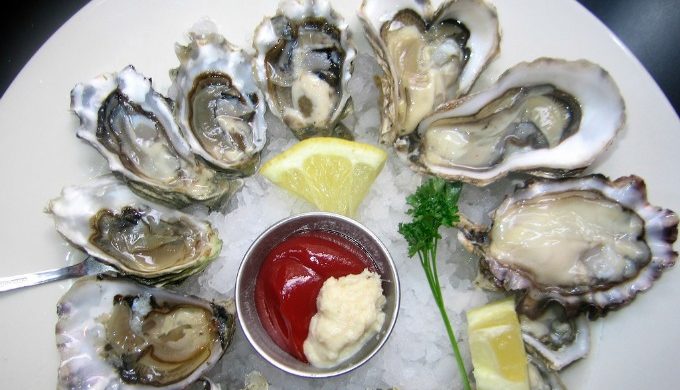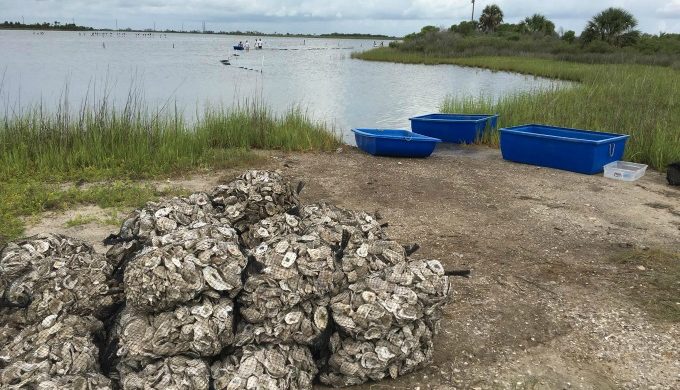As you sit in your favorite coastal Texas seafood restaurant, enjoying a dozen Gulf of Mexico oysters on the half-shell, have you ever pondered what becomes of those empty shells when you’re done eating? Sadly, more often than not, your oyster shells end up in a landfill somewhere. The good news is that an organization in Galveston is hard at work to implement a program wherein used oyster shells are recycled and returned to Galveston Bay to provide habitats and sustain existing oyster populations.
Nature
What Happens to Your Used Oyster Shells?
Repurposing Oyster Shells

Photo: Flickr/Jennifer Durban
The program, launched in 2011 by the Galveston Bay Foundation, (GBF) currently partners with ten Texas restaurants to recycle oyster shells that would otherwise go to waste. Restaurants in the Galveston area have been eager to participate in this program because it benefits the environment and promotes a sustainable oyster population. This, in turn, is good for business and even better for Galveston Bay.
How Does It Work?

Photo: Facebook/GalvestonBayFoundation
After the recycled shells are collected from participating restaurants, they’re taken to a “curing” site. Here, the shells must be “sun bleached” for a minimum of six months to ensure that all bacteria and non-native species have been eradicated. Periodically, the shells are stirred and turned with the help of tractors to be sure that all shells are thoroughly exposed to the sun.
After the shells are cured, they’re placed in mesh bags and returned to Galveston Bay. Galveston Bay Foundation works with construction companies and partners to transport the oyster shells to various restoration sites around the bay via dump trucks and trailers. There, the bags of oyster shells are placed in the bay to form man-made oyster reefs.
A Beneficial Program for Man and Earth Alike

Photo: Facebook/GalvestonBayFoundation
These new habitats provide a place for oyster larvae to cling to while their own shells grow and they also provide food for wildlife. These reefs also help to improve water quality in Galveston Bay. To date, the Galveston Bay Foundation has reclaimed more than 500 tons of oyster shells that would have otherwise gone to waste. To learn more about the oyster shell recycling program and to find out more about participating restaurants, go to www.galbay.org.


